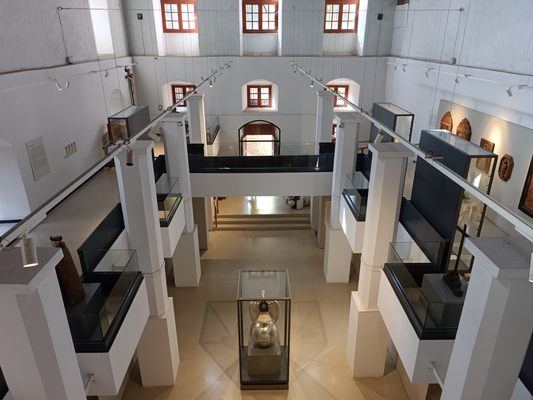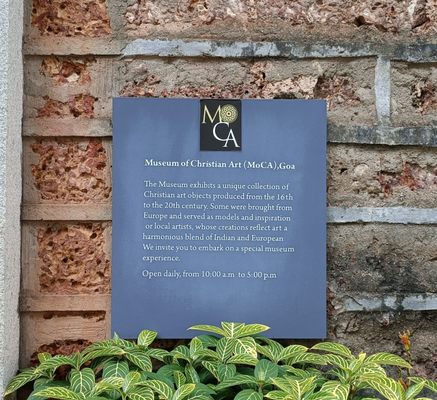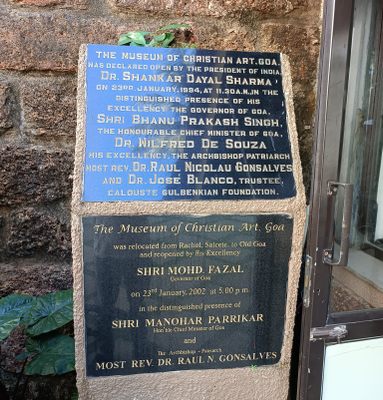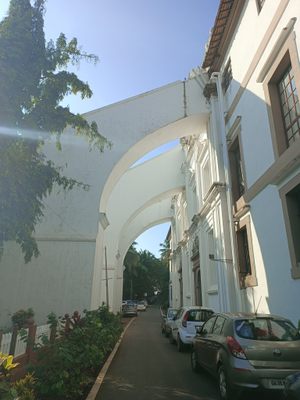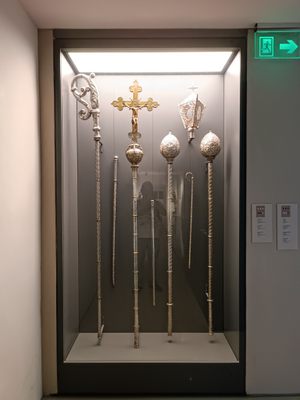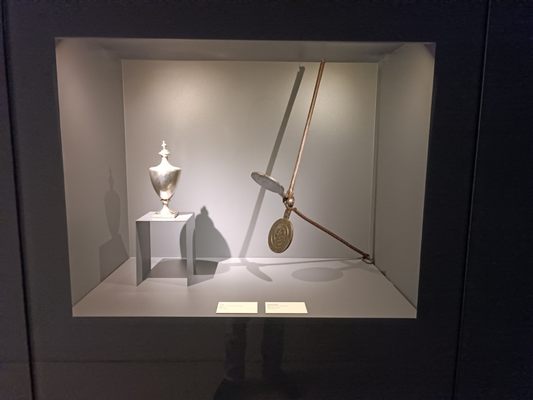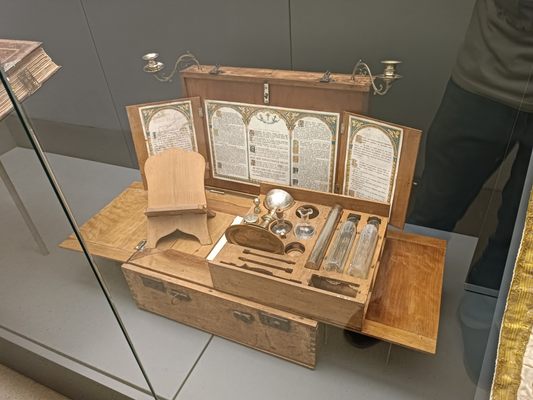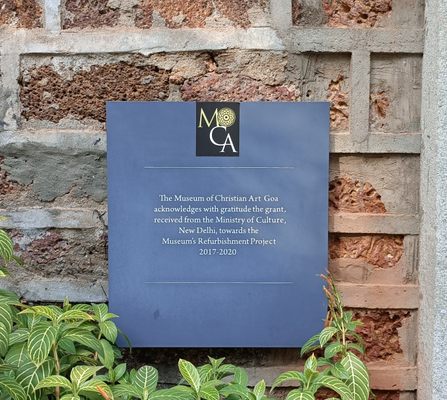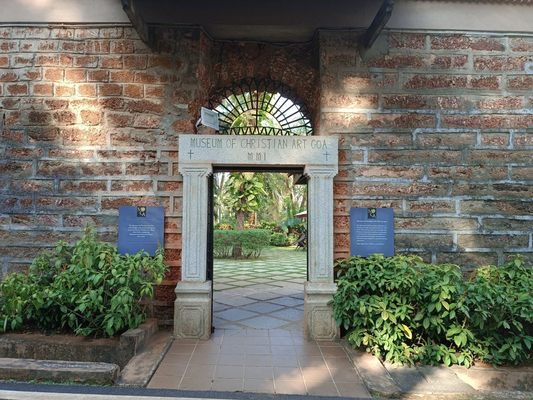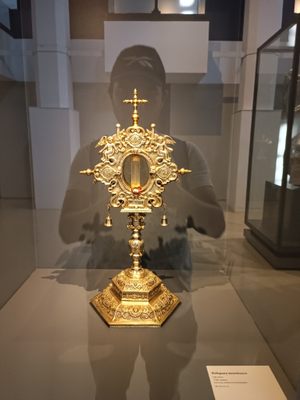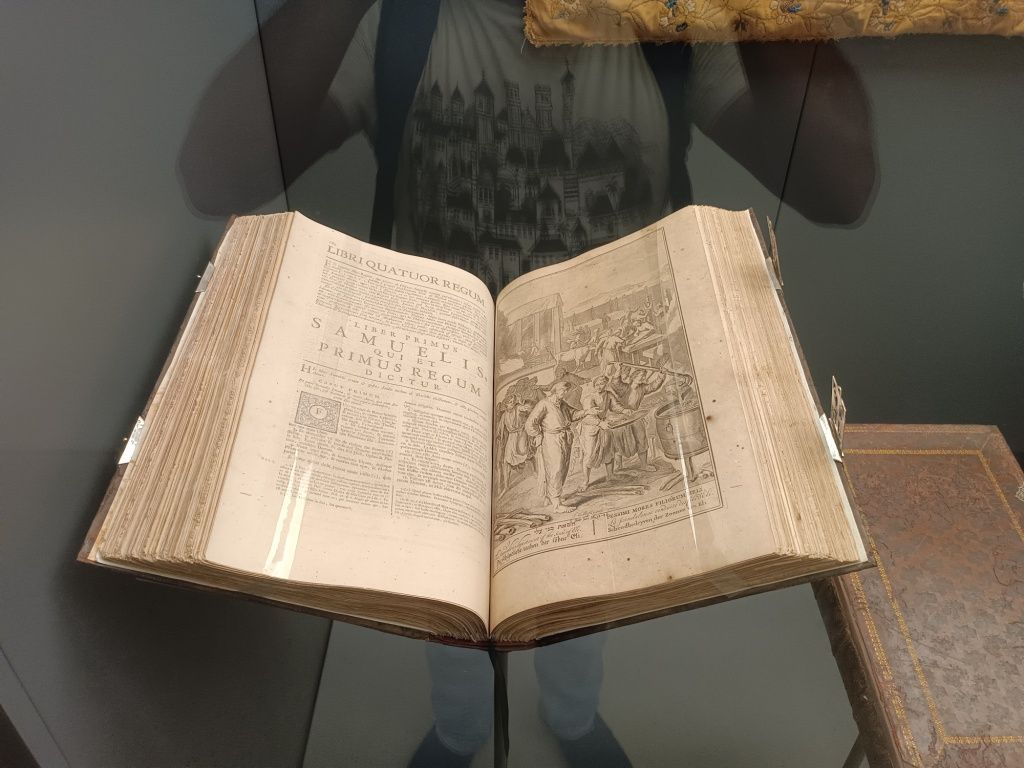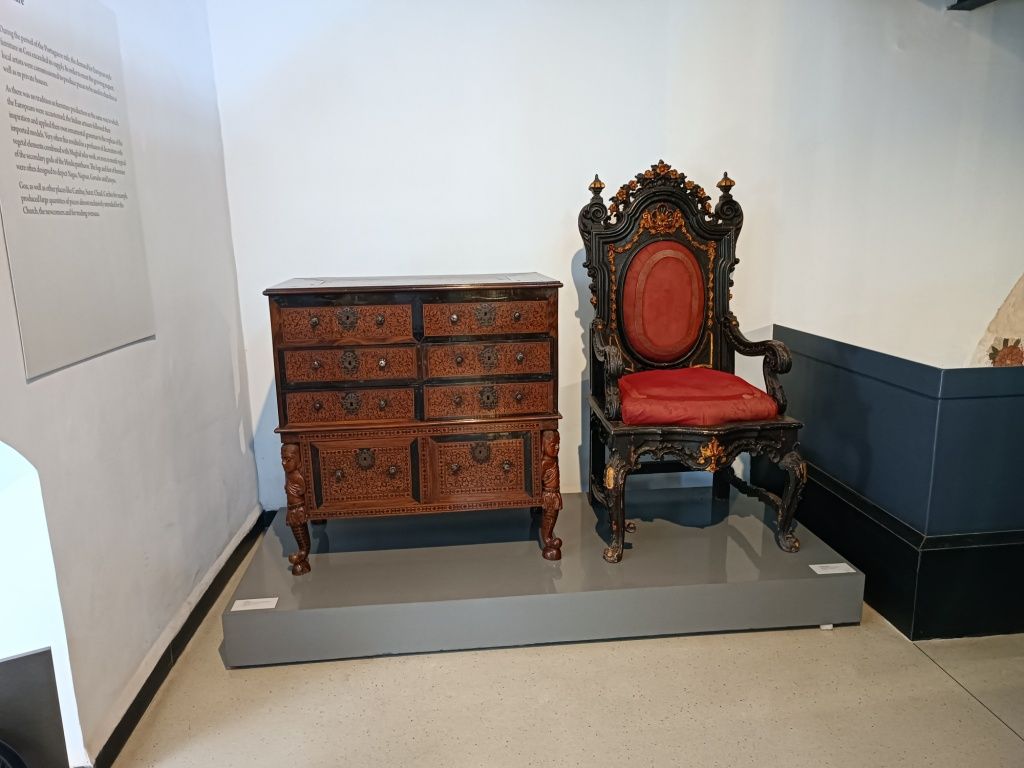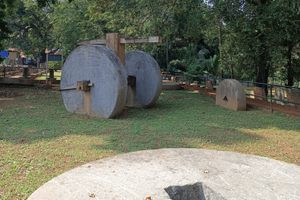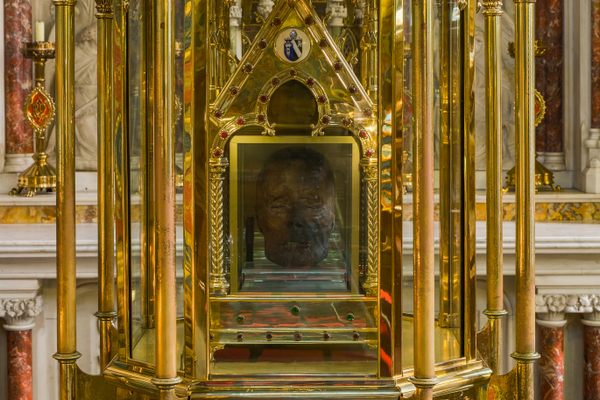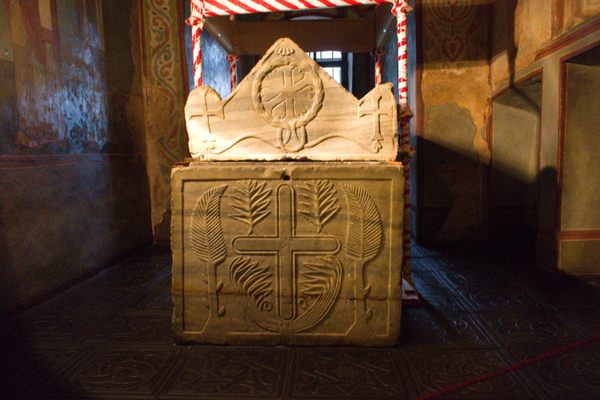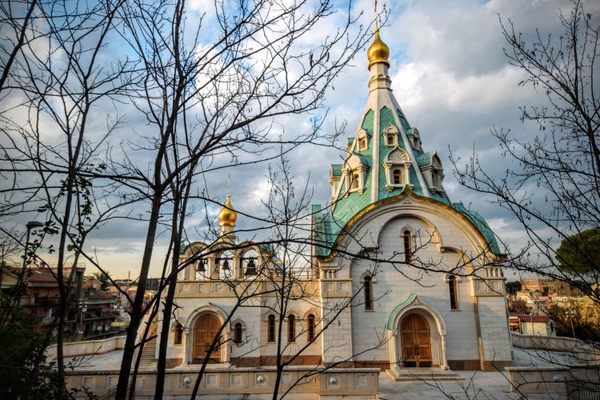About
Velha Goa, also known as Old Goa, was once the capital of Portuguese India before the Portuguese shifted the capital to Panaji (Nova Goa) in 1843. Today, Velha Goa houses several churches and convents from the early days of Portuguese control in India. The city is now a UNESCO World Heritage Site.
On the western side of Velha Goa is the Convent of Santa Monica. Approaches the convent, you're greeted by huge buttresses, a striking feature of the building. A road goes ahead from the spot and leads to a museum located within the convent's premises: the Museum of Christian Art.
Founded in 1994, the museum was originally located in the Rachol Seminary in Rachol, an important Indian village located on the Zuari River a 50-minute drive south of Velha Goa. Eventually, the museum was shifted to the 17th-century Convent of Santa Monica in Velha Goa in 2002.
The museum has a collection of Christian art objects crafted from gold, silver, ivory, wood, and other materials. Display cases showcase intricate textiles from across several centuries. These artifacts are famous for their fusion of Indian and European cultural influences. Old furniture, paintings, religious books, vestments, processional lanterns, monstrances, sculptures, and more are all on display for visitors.
The museum has been neatly maintained. There is a small gift shop as well.
Related Tags
Know Before You Go
This museum is located within the premises of the Convent of Santa Monica. Walk straight past the buttresses and the museum’s gate is on the right, on the building's northern side.
Delhi and Rajasthan: Colors of India
Discover Colorful Rajasthan: From Delhi to Jaipur and Beyond.
Book NowCommunity Contributors
Added By
Published
January 18, 2024
Sources
- https://artsandculture.google.com/partner/moca-museum-of-christian-art
- https://www.outlooktraveller.com/experiences/places-of-interest/art-guide-explore-the-museum-of-christian-art-in-old-goa
- https://www.goa.gov.in/places/christian-art-museum-old-goa/
- https://goa-tourism.com/museum/museum-of-christian-art/
